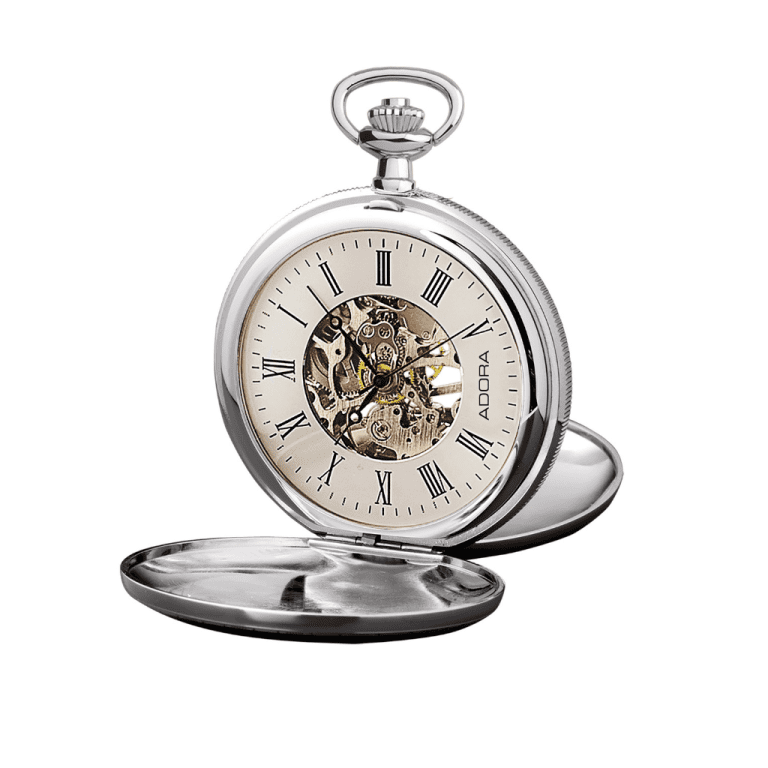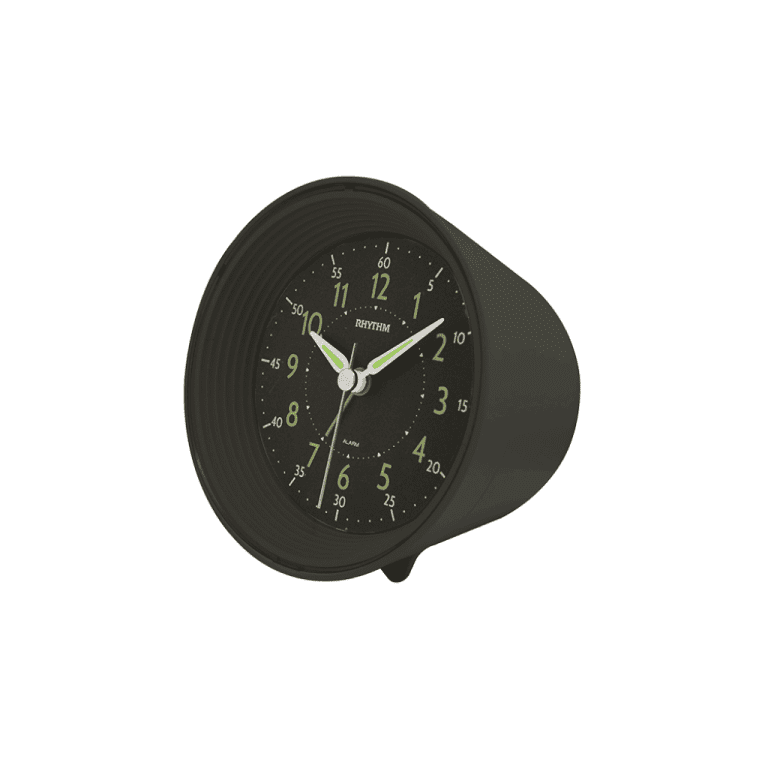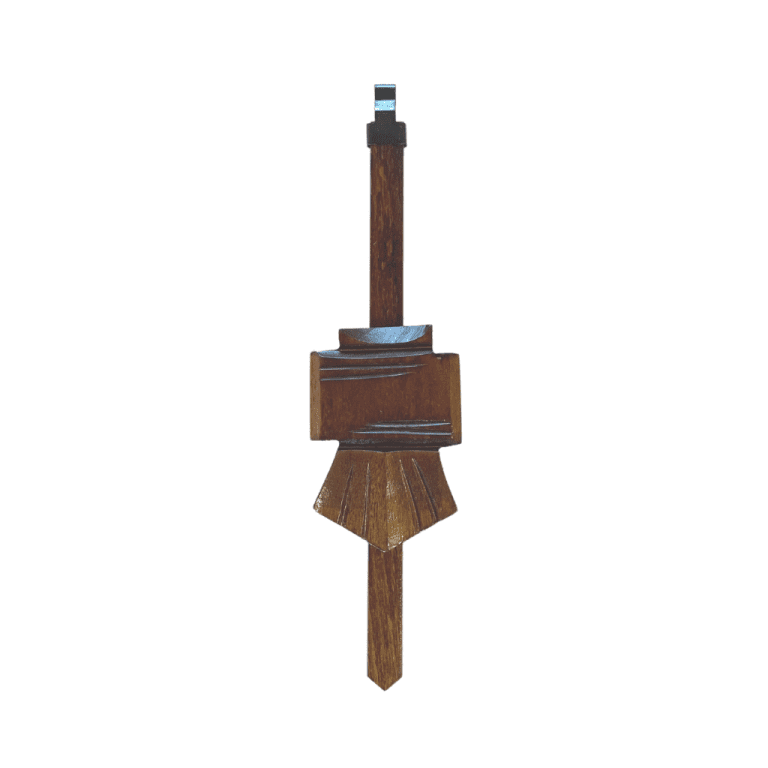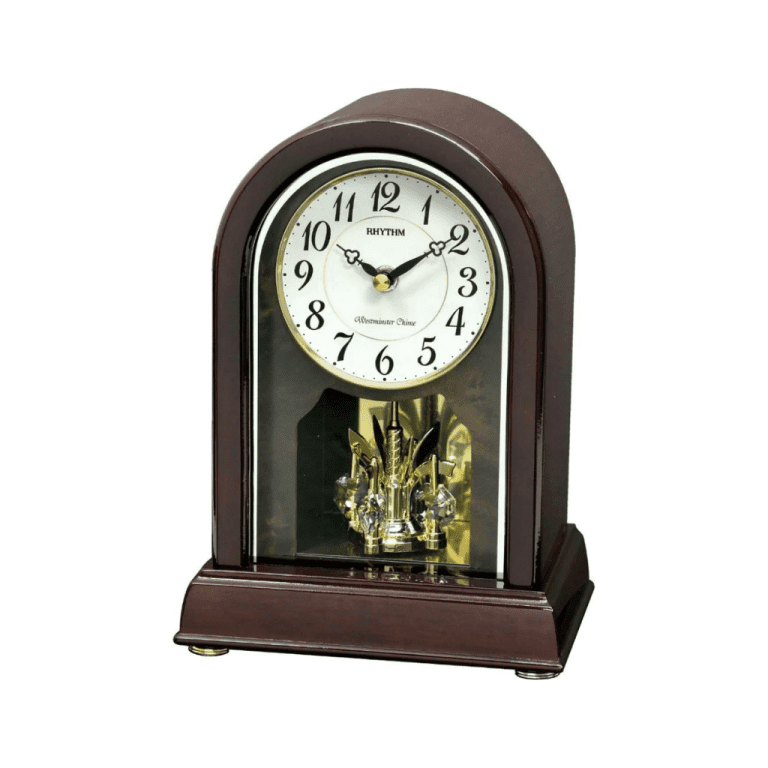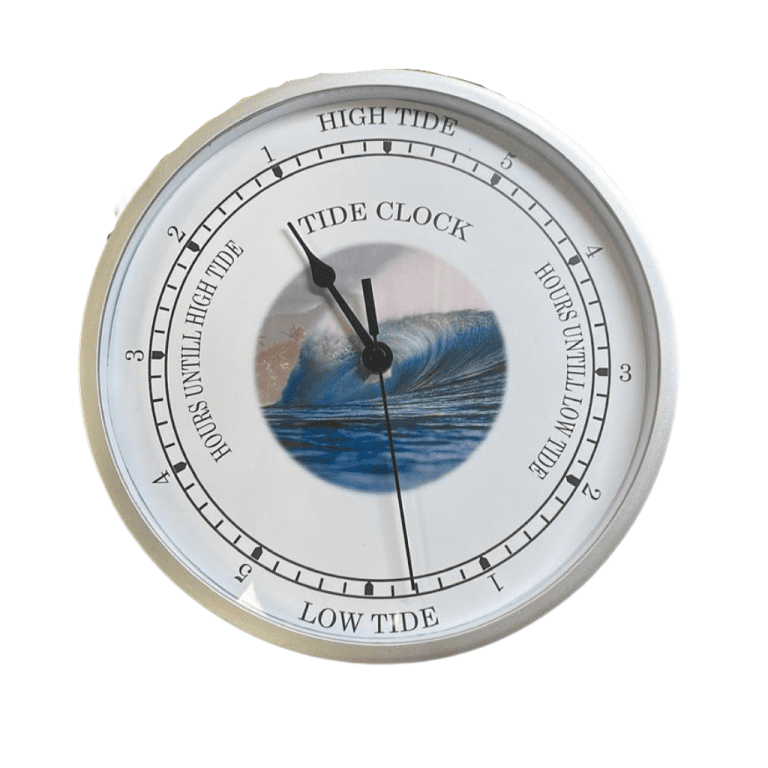People have always had a long history with tracking time. Sundials and water clocks were used to track the passing of time before the first mechanical movement was introduced in the 1200s. It’s important to understand the history of mechanical clocks and the evolution into the modern wristwatches we wear today.
A History of The First Mechanical Clock Movements
In a brief history of clock making, the first mechanical clock was invented in 1275 England as a minute-repeater, with no dial, at the Salisbury Cathedral. Italy followed this development with three new clocks; an astronomical clock, an hourly chime, and a more robust version following the hours, sunrise, and days of the month.
These first clocks were created by blacksmiths who had the ability to bend and form iron in the 13 and 1400s. They created bells that would be able to be heard throughout a house and town, not requiring a dial to read the time. The first pocket watch was referenced in 1462 as a “pocket clock”.
Birth of the Swiss Watch Industry and Pocket Watches
In the mid-1500s, the Swiss watch industry was born. New materials such as brass, bronze, and silver became favorable. One of the biggest factors in watchmaking was the ban on jewelry by reformer John Calvin. This led jewelers to learn a new trade: watchmaking.
Pocket watches became a staple in a man’s wardrobe, first showing just the hour until the minute hand was added in 1680. Typically these portable clocks were worn around the neck as a pendant but Charles II of England popularized the waistcoat which allowed more protection for the portable clock, transitioning into being known as a pocket watch.
Originally, there was no glass protecting the dial. Hinged cases with intricate skeletonization were designed to protect the hands while still showing time until glass became common in the early 1600s.
During this evolution, the wristwatch as we know it today was not popular or regularly seen, in fact, it was women’s fashion that helped popularize the wrist wearing.
The First Wristwatch
The first wristwatch can be credited to Abraham-Louis Breguet, designed for the Queen of Naples in 1810 as an ‘oblong shaped-repeater for wristlet’. This development has led to Breguet’s modern model, the Reine De Naples.
In 1868, Countess Koscowicz of Hungary also had a bracelet watch made, this time by well-known manufacturer, Patek Philippe.
Women were more prone to wearing these wristlet watches because being on the wrist made the watch more prone to the elements, another reason for men to wear the pocket watch.
Mass Production Benefiting Watchmaking
The 19th century also saw an upgrade in technology, with one of the most notable being mass production. While first seeing popularity in the United States by the Waltham Watch Company, the development allowed for cheaper materials and new mechanics in winding, opening up the watch industry to ordinary people.
Military Influence in Popularizing Wristwatches
The late 1880s saw Girard-Perregaux mass-producing wristwatches for German Naval Officers. Louis Cartier was also tasked to find an alternative to a pocket watch for Brazilian aviator, Alberto Santos-Dumont. The Cartier Santos model was developed in 1904 to fit the needs of having hands on the controls but also being able to time flights.
World War I popularized the wristwatch for the soldier. A pocket watch would not allow the soldier to carry equipment while keeping an eye on the time, an important factor in planning. As a result, trench watches were created, which were watches on a wrist strap made from pocket watch movements. Soldiers were required to purchase their own watches and became part of the Officers Kit for the war front. Watchmakers had the liberty to design how they wanted, with the requirements of having a luminous wristwatch and unbreakable crystal.
Watch companies created advertisements seen everywhere for the soldier to buy their model over a competitor. After the war, and being worn by soldiers, the public saw the utility of a wristwatch over a pocket watch.
The Future Development of Wristwatches
Over the years after World War I, the watch industry continued to boom and new inventions and patents were being released. It wasn’t until 1923 that the first automatic watch was designed. Before this, for trench watches, ladies wristlets, and mechanical clocks, either a key-wind or keyless hand-winding system was used.
Credited to:https://www.the1916company.com/





